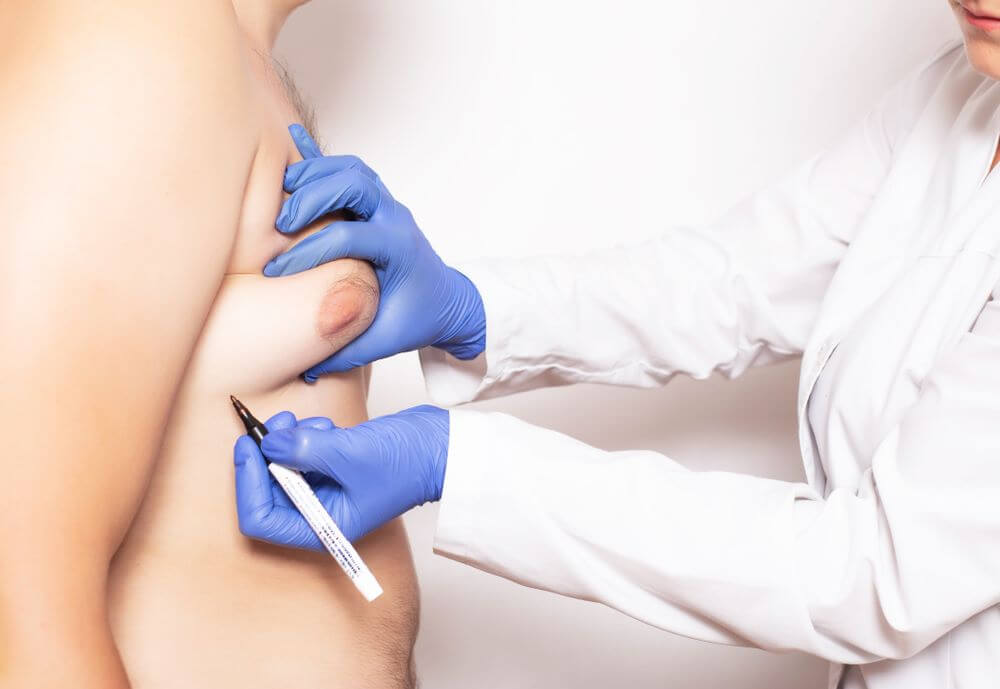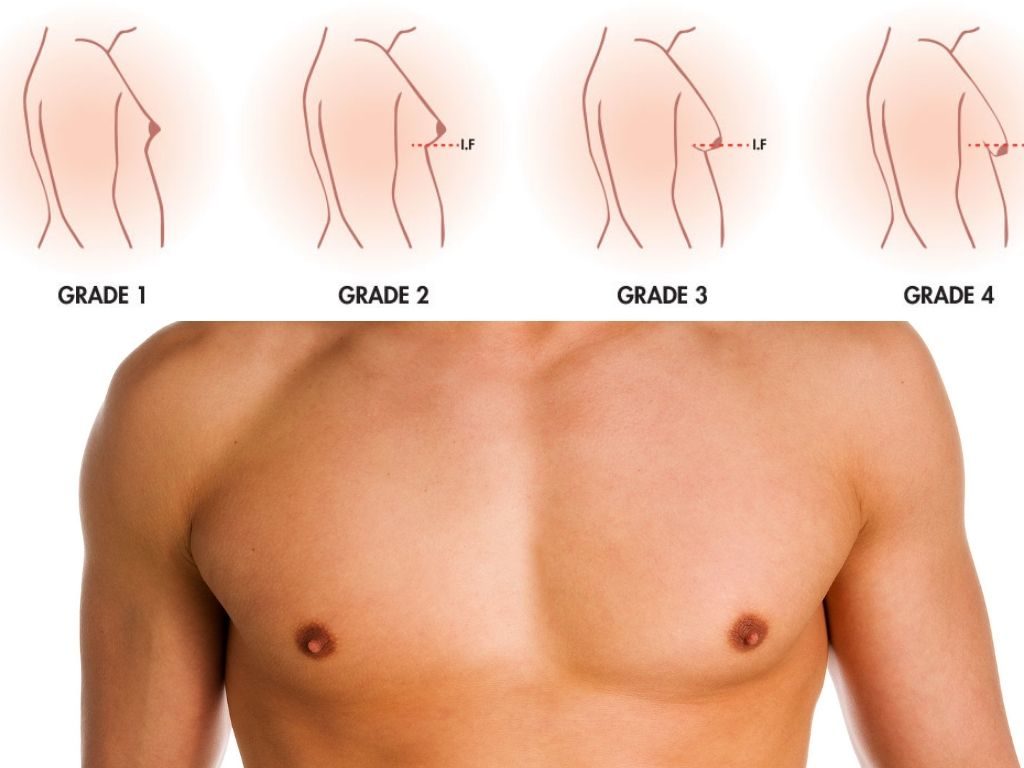
Excessive growth of the male breast is called gynecomastia and many men deal with this problem. The cause of gynecomastia is generally unknown. A few of them may develop due to some drugs or other systemic diseases.
REASONS?
Gynecomastia often occurs due to fluctuations in the level of testosterone hormone. Gynecomastia is considered physiological in 3 periods. It can occur in newborns, adolescence and old age. Hormone balance in the body can be dysregulated for many different reasons. When the causes of gynecomastia are examined, natural hormone changes, drug use, drug and alcohol use, complications caused by some diseases, and the use of herbal products and supplements are among the main reasons.
The hormones testosterone and estrogen control sex characteristics in men and women. Testosterone controls masculine traits such as muscle mass and body hair growth, while estrogen controls feminine traits, including breast growth.
Although estrogen is stated as a female hormone, it is also found in men at very low levels under normal conditions. Excessive estrogen or testosterone level and disproportionate estrogen production can cause gynecomastia.
HOW TO PREVENT GYNECOMASTIA?
There are several factors that individuals can control to reduce their risk of gynecomastia. Alcohol consumption should also be avoided, at least in moderation. Unintended use of drugs should be avoided without physician control.
SYMPTOMS
The most prominent symptom of gynecomastia is the development of breast tissue growth and tenderness. Rarely, one or both breasts may have nipple discharge, and in this case, people should consult a doctor as soon as possible.
DIAGNOSTIC METHODS
Jinekomasti tanısının konulması için doktor tarafından öncelikle iyi tıbbi anamnez alınmalı ve sonrasında fizik muayene yapılması elzemdir..
Fizik muayene sürecinde meme dokusunu değerlendirilerek diğer sistem kontrollerini gerçekleştirecektir. Jinekomasti tanısı konulan olgularda hekim durumun bazı kan testleri yapılmasını uygun görebilir. Bu ilk test sonuçlarına bağlı olarak gereklilik halinde manyetik rezonans görüntüleme taramaları, testis ultrasonu ve meme biyopsisi gibi daha ileri testlerin yapılmasına lüzum duyulabilir.

HOW IS GYNECOMASTIA TREATED?
If gynecomastia does not resolve spontaneously during physiological periods or if it creates problems that affect the individual's quality of life, treatment may be required. If there is an underlying hormonal disorder or systemic problem, these are treated first. However, if the presence of a breast tissue that causes aesthetic problems persists, then surgical options come to the fore.
There are two different surgical intervention approaches commonly used for gynecomastia. The first treatment option, which is accepted as the gold standard in current practice, is Vaser Liposuction. In this method, the targeted area is treated in a healthy way without damaging the surrounding tissues with ultrasonic sound waves.
Depending on the current situation of gynecomastia, open tissue excisions may be required in addition to Liposuction. In this technique, the remaining breast tissue is removed through small incisions.



